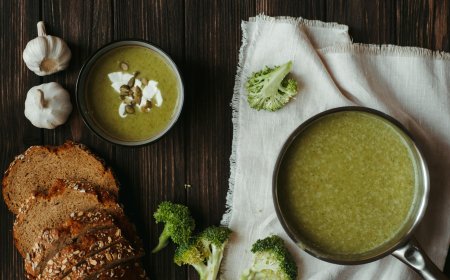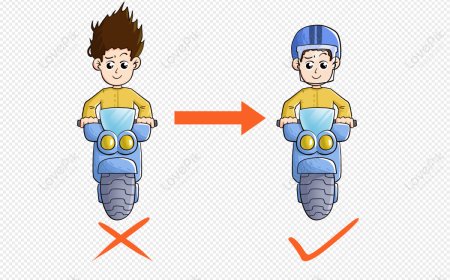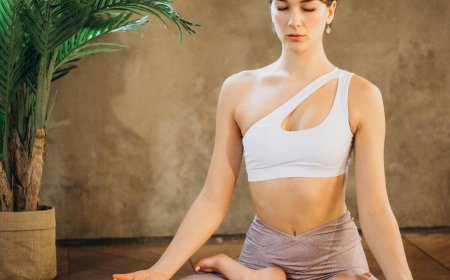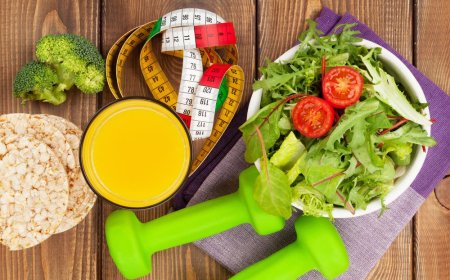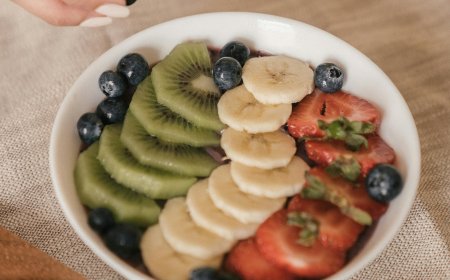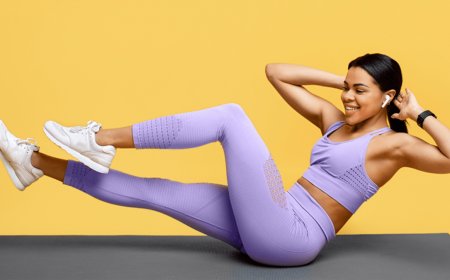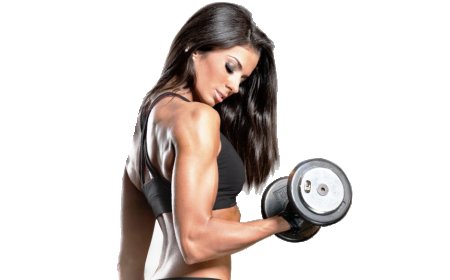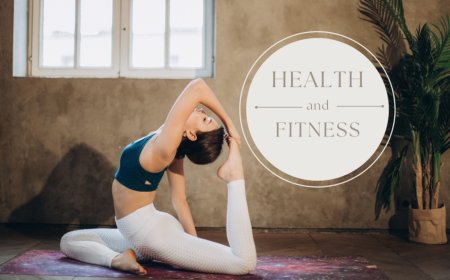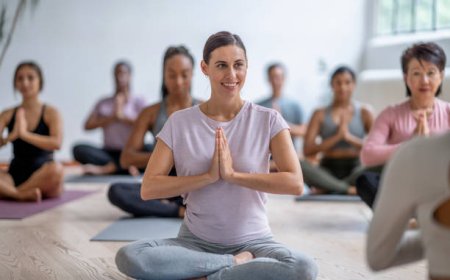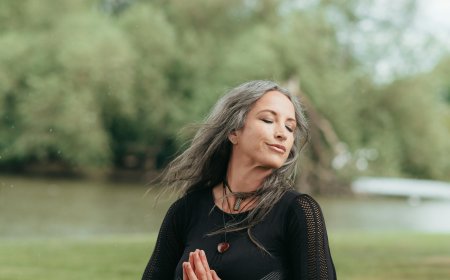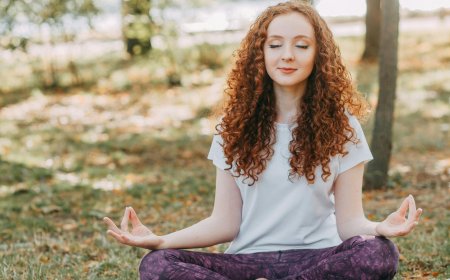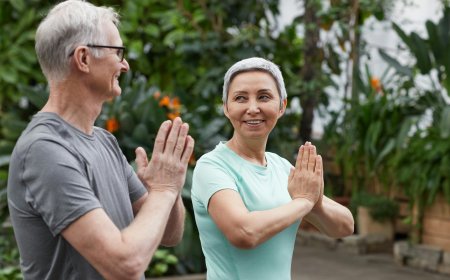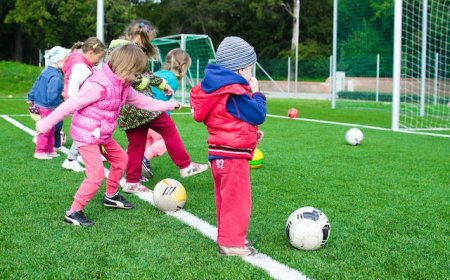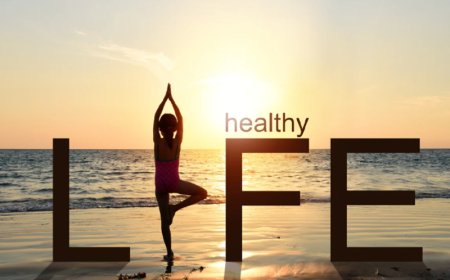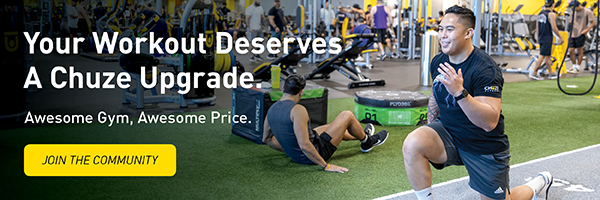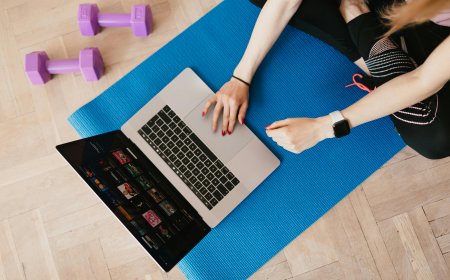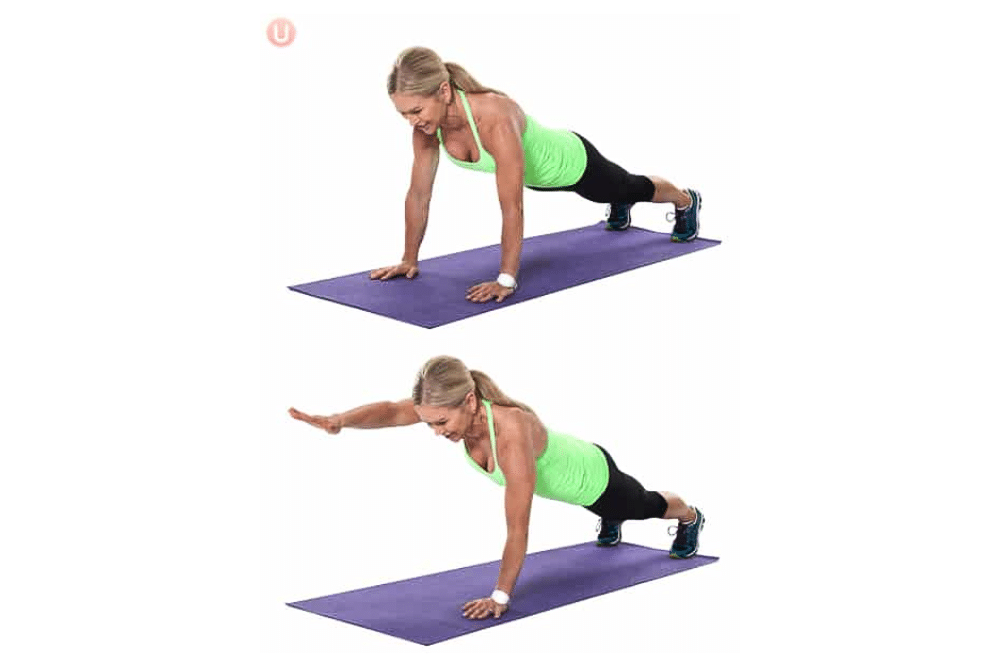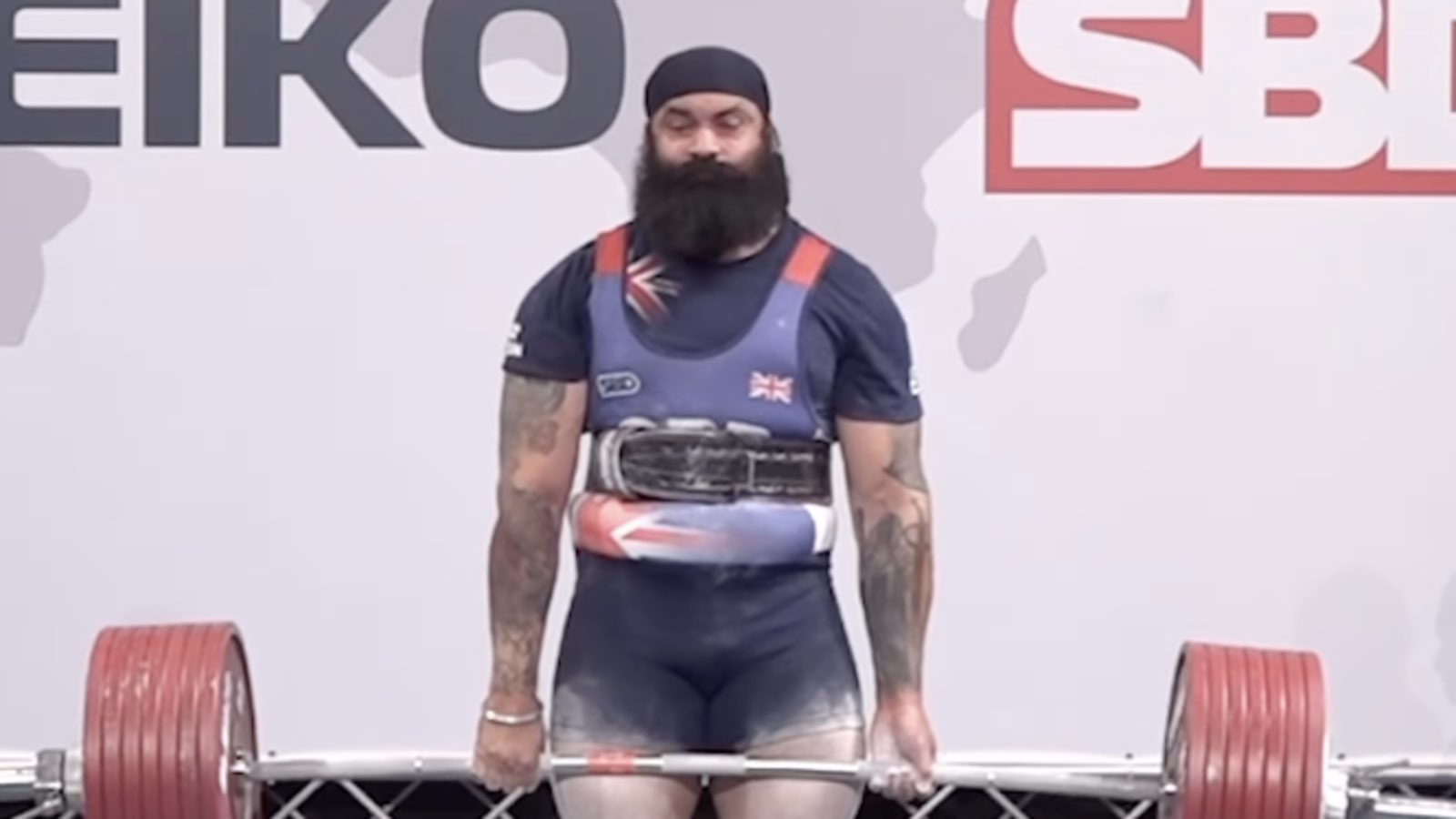Workouts for Beginners
Workouts for Beginners Exercising is one of the most important things you can do for your health and well-being. Not only does it help to improve your physical strength and endurance, but it can also have a positive effect on your mental health. Working out can reduce stress levels, boost your mood1, and improve your […] The post Workouts for Beginners appeared first on Chuze Fitness.
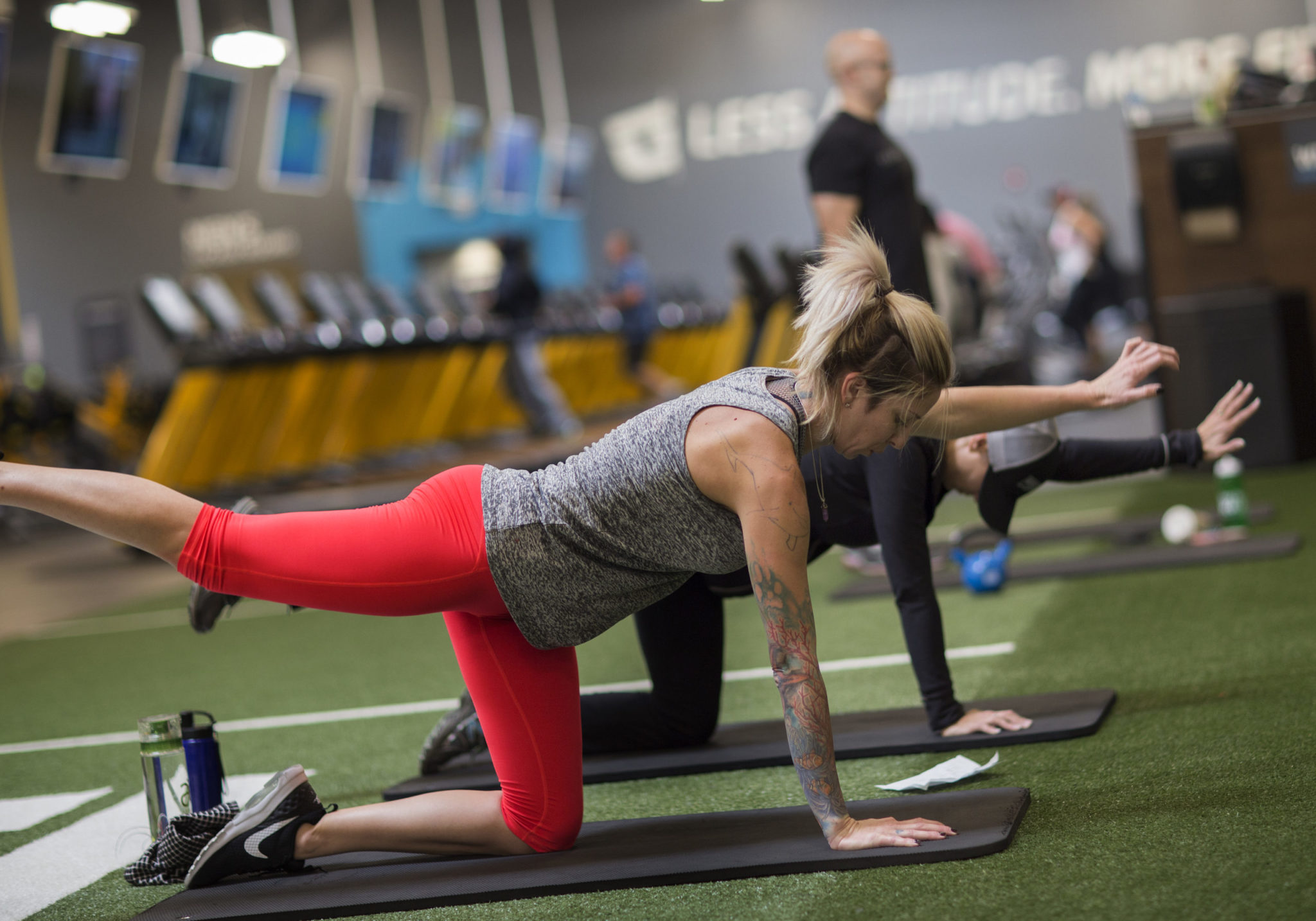
Workouts for Beginners
Exercising is one of the most important things you can do for your health and well-being. Not only does it help to improve your physical strength and endurance, but it can also have a positive effect on your mental health. Working out can reduce stress levels, boost your mood1, and improve your sleep2. If you’re just starting out, you can create a simple beginner weekly workout plan.
A beginner workout routine should include exercises that are tailored to meet your specific goals. Whether you want to increase muscle strength or focus more on cardio and aerobic exercises, an effective workout routine can provide a balance of activities that will help you reach your fitness goals. Additionally, make note of any pre-existing medical conditions or injuries that can restrict certain exercises to create a workout plan tailored to your own needs.
By creating a beginner workout plan that works best for you, you can enjoy the many benefits of staying active and getting the most out of your new fitness routine.
How much exercise should a beginner do?
Exercise is a crucial component of maintaining good health and staying in shape, but it can be daunting for those just starting out to figure out the right beginner workout routine. Everyone’s individual fitness level and goals are different, so there is no one-size-fits-all workout plan. Generally speaking, beginners should aim for at least 30 minutes of moderate exercise a few days a week and gradually work up to an hour. This could include walking, jogging, biking, swimming, or any other activity that increases your heart rate. Your beginner workout routine can also include strength training to build muscle mass. You can start with light weights and slowly increase the weight as you go, making sure you take breaks when needed.
Workouts You Can Include in Your Routine
Since you’re most likely just starting out in your fitness journey, make sure to start slow. Starting out with high-intensity workouts can strain your muscles and cause injury, especially if you’re not used to that type of activity. So if you’re wondering how to create a workout routine and what exercises to incorporate, here are some beginner-friendly examples:
Cardio
Cardio exercises are not only great for weight loss, but they can also help strengthen your heart and lungs as well as improve endurance.
For beginners, running, swimming, and cycling are great options for getting into the habit of cardio exercise. If running, swimming, or cycling is not an option, you can try jumping rope or even dancing to get your heart rate up.
Other cardio exercises include aerobics classes, stair climbing, rowing, kickboxing, and interval training. These activities can all help challenge and improve your cardiovascular system.
Start slowly and gradually increase the intensity of your cardio workouts as your fitness level improves. Don’t forget to warm up properly before and cool down afterward to help prevent injuries.
Squats
Squats can help build lower body strength and improve balance and flexibility. They target the muscles in your quads, glutes, hamstrings, and core, which makes them effective exercises for multiple muscle groups.
To perform a proper squat, stand with your feet shoulder-width apart. Bend your knees, push your hips back, keep your chest straight, and lower yourself until your thighs are parallel to the floor. Make sure to keep your weight in your heels while doing squats and returning back to starting position to avoid putting too much pressure on your knees and back.
As a novice, you can start off by doing bodyweight squats, and once you feel comfortable, you can add weights. You can do two to three sets of 10 squats to start out. With time and consistency, you can progress and make squats more challenging.
Glute Bridges
The glute bridge is a great exercise for beginners because it engages both the glutes and core muscles. To do this exercise, lay on your back with your knees bent and feet flat on the floor. Next, push and lift your hips off the floor until your torso and thighs are in line. At the top of the exercise, squeeze your glutes and slowly lower your hips back down to the starting position. You can also add a resistance band around your knees for added resistance.
You start out with 3 sets of 10-15 reps of glute bridges. Take breaks in between sets to give your body time to rest and reset. This exercise is a great way to build strength in your glutes, hamstrings, and core muscles, as well as increase flexibility in your lower body.
Bodyweight Exercises
Bodyweight exercises are another great way for beginners to get started with working out. These exercises use your own body’s resistance to perform the workouts and build strength. They don’t require any equipment, so they’re convenient and accessible to anyone.
Examples of some great upper and lower body bodyweight exercises for beginners include squats, glute bridges, lunges, push-ups, planks, and even yoga.
Glute bridges are another great bodyweight exercise for beginners. Lie on your back with your knees bent and feet flat on the floor. Keep your core engaged and squeeze your glutes to lift your hips up off the floor as high as you can. Hold this position at the top for a few seconds before slowly lowering yourself back down.
Lunges are also a great bodyweight exercise for beginners. Begin in a standing position with your feet together. Step one foot forward while bending both knees, keeping your front knee over the ankle. Make sure to keep your torso upright and push through the heel of your front foot to stand back up.
Yoga
Yoga is a great form of low-impact exercise and can be done almost anywhere. It’s also a great way to build strength, flexibility, and balance. There are a variety of different types of yoga, but all of them offer a similar level of physical and mental benefits.
The poses in yoga can range from basic poses for a beginner to complex poses that require more strength and balance. However, to ensure you’re doing the poses correctly, you may want to find an experienced yoga instructor who can show you how to do each pose. It’s important to remember to take your time and to only push yourself as far as your body allows.
Additionally, yoga also emphasizes proper breathing techniques. Breathing in through the nose and out through the mouth helps relax the body and bring oxygen into the system.
Lunges
These exercises target the quads, glutes, hamstrings, calves, and core muscles and can help improve your posture and balance.
To perform a lunge, start by standing with your feet hip-width apart. Step forward with one foot, bending your knee at a 90-degree angle and lowering your hips until your back knee is close to the ground. Push off your front foot to return to the starting position. Keep your chest lifted and your core engaged throughout the movement.
As a beginner, you can aim to do 10-15 reps on each leg and gradually increase the reps as your strength increases or as you see fit. You can also make lunges more challenging by adding weights or trying different variations like walking or reverse lunges.
Push-ups
Push-ups are a great exercise for beginners because they don’t require any special equipment and are easy to learn. They work the entire body, with particular emphasis on your chest, arms, and core muscles. To do a push-up, start on the ground with your hands shoulder-width apart and your feet slightly wider than shoulder width. Lower your body towards the floor then press back up to the starting position. It’s important to keep your core engaged and your back straight throughout the exercise.
If you’re just starting out with push-ups, you can modify the exercise by doing knee push-ups instead. This would be the same starting position but with your knee bent on the ground rather than extending your legs. As you get more used to them, you can gradually increase the number of push-ups you do or move on to doing them with your legs extended out.
Planks
One of the best exercises for any fitness level is the plank, as it can work out multiple muscle groups. This exercise involves holding a position on your hands and toes for an extended period of time, typically 30 seconds or more. Planks can be in a traditional push-up position or can be modified on your hands and knees.
When doing a plank, it’s important to make sure you’re engaging your core and glutes to avoid straining your lower back. Keep your shoulders down and away from your ears, and avoid letting your hips sag. As you become more comfortable with planks, you can add additional variations or increase the time you hold each plank.
HIIT
If you feel like challenging yourself as a beginner, consider adding a HIIT exercise to your routine. High-intensity interval training (HIIT) is a form of exercise that is designed to be short and intense. During each HIIT workout, you perform a combination of aerobic and strength-training exercises, usually in 10-15 rounds of 30 seconds, followed by 15-30 seconds of active rest or recovery.
Benefits of HIIT workouts for beginners include improved endurance and muscle strength. It is important to use proper form while doing HIIT exercises in order to prevent injury.
Start Your Fitness Journey at Chuze
Physical activity is an essential part of a healthy lifestyle, and if you’re just starting out, it can be a fun journey. While it can feel overwhelming to navigate through the sea of exercises, you don’t have to do it alone.
Join our community at Chuze Fitness to help you get started. Whether your goal is to lose weight, build muscle, improve strength, or simply stay active, you can join a fitness class or find a personal trainer to get you on your way to accomplishing your fitness goals.
Source:
Primary Care Companion to the Journal of Clinical Psychiatry. The Benefits of Exercise for the Clinically Depressed. https://www.ncbi.nlm.nih.gov/pmc/articles/PMC474733/
Sleep Medicine. Effects of moderate aerobic exercise training on chronic primary insomnia. https://pubmed.ncbi.nlm.nih.gov/22019457/
CNET. The Best Workouts Every Beginner Should Be Doing. https://www.cnet.com/health/fitness/best-beginner-workouts/
 Reviewed By:
Reviewed By:
Ani is the Vice President of Fitness at Chuze Fitness and oversees the group fitness and team training departments. She’s had a 25+ year career in club management, personal training, group exercise and instructor training. Ani lives with her husband and son in San Diego, CA and loves hot yoga, snowboarding and all things wellness.
The post Workouts for Beginners appeared first on Chuze Fitness.
What's Your Reaction?
















